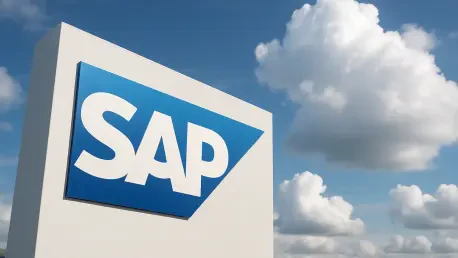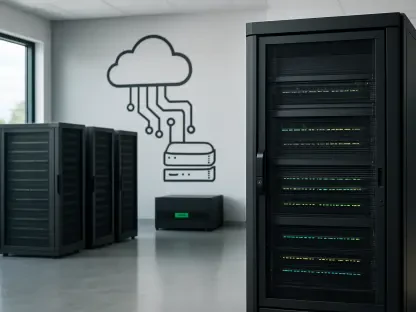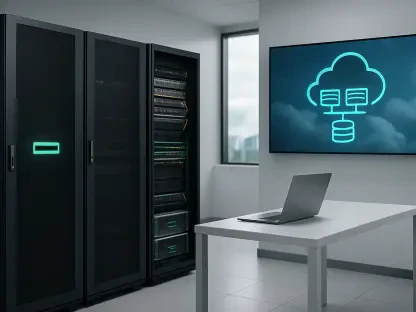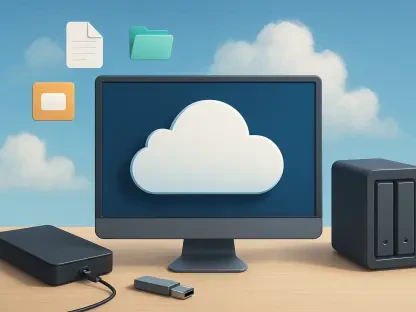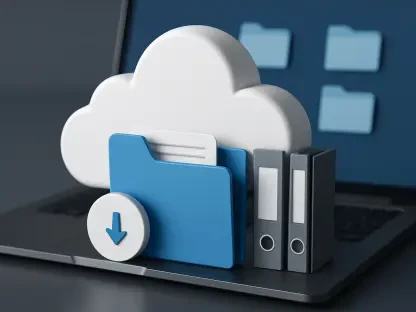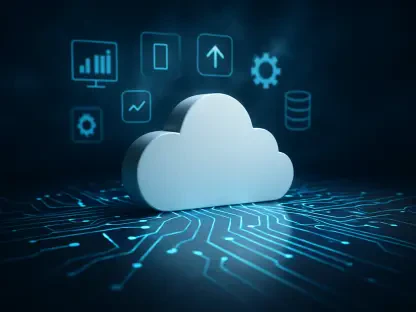I’m thrilled to sit down with Maryanne Baines, a renowned authority in cloud technology with extensive experience evaluating cloud providers, their tech stacks, and product applications across various industries. Today, we’re diving into the complex world of SAP’s recent licensing changes, exploring the push toward cloud solutions, the challenges of transparency, and the lingering hesitations among users regarding migration. We’ll also unpack the nostalgia-driven strategies SAP seems to be employing and the confusion around terms like ‘public’ and ‘private’ cloud. Let’s get started.
Can you walk us through SAP’s recent licensing changes and what they’re aiming to achieve with these updates?
SAP is fundamentally trying to steer its customer base toward cloud adoption while segmenting the market between new and existing users. For new customers, the focus is on subscription-based models like SAP Cloud ERP with per-user pricing, whereas existing customers are nudged toward options like SAP Cloud ERP Private Edition with metrics like Full-Use-Equivalent (FUE). The overarching goal is to transition users away from on-premises systems to cloud environments, which offer SAP more control over updates, innovation delivery, and recurring revenue. It’s a strategic move to modernize their ecosystem, but it’s not without its challenges.
How do you see these licensing changes impacting existing customers differently from new ones?
Existing customers, especially those on legacy systems like ECC, are being offered tailored paths such as the Private Edition with FUE metrics, which can feel like a bridge from their old on-prem setups. However, they often face pressure through tactics like diminishing discounts or warnings of future price hikes. New customers, on the other hand, are directed straight into cloud-first models with simpler per-user pricing, which aligns with SAP’s long-term vision but can lack the flexibility older clients are used to. It’s a clear split in approach, prioritizing cloud onboarding for newcomers while pushing legacy users to migrate.
SAP claims these changes simplify licensing, yet many experts argue it’s becoming more complex. What’s your perspective on this?
I have to side with the critics here. While SAP’s messaging is about simplification, the reality on the ground is far more intricate. Take the Full-Use-Equivalent metric for private cloud editions—it’s a new way to calculate usage that differs from on-prem or public cloud metrics, and it’s not intuitive. Add to that the expansion from nine to fourteen pricing tiers in SAP Cloud ERP Private, and you’ve got a recipe for confusion. During presentations, you can see users struggling to grasp these layers. It’s not simplification; it’s a deeper web of rules and calculations.
Transparency in SAP’s pricing models has come under fire. Can you shed light on why users find it so hard to understand?
The lack of transparency stems from the sheer opacity in how costs are structured across public and private cloud options. For instance, pricing isn’t clearly tied to deployment or software type—it’s more about subscription models with hidden variables. Then you’ve got new units like Premium AI, priced per user, per month, or even per request, which muddies the waters further. Customers can’t easily predict costs or compare options because the breakdowns aren’t straightforward. It feels like SAP is prioritizing flexibility for themselves over clarity for their users.
SAP has revived the Business Suite name and brought back familiar licensing structures. What do you think this signals to customers?
It’s a clever play on nostalgia. By reintroducing the Business Suite branding—something many long-term customers associate with stability from two decades ago—SAP is likely trying to make the cloud transition feel less daunting. The individual solution packages, like SAP Finance or Supply Chain, echo older models like mySAP, where users licensed per module. It’s a way to leverage familiarity, suggesting that the cloud isn’t a complete departure but rather an evolution. Whether this resonates enough to accelerate migration remains to be seen, but it’s a psychological tactic for sure.
Many customers are still clinging to the legacy ECC system instead of moving to S/4HANA. What’s holding them back in your view?
It’s less about a lack of interest in innovation and more about practical business realities. Many ECC users have stable, customized systems that just work for their needs—they’re not chasing the latest tech like AI agents. Cost is a huge factor; migrating to S/4HANA, especially in the cloud, involves significant investment and disruption. Plus, SAP’s push tactics, like shrinking discounts or hinting at future price increases, can feel more like coercion than inspiration. For a lot of these companies, it’s about maintaining operations, not jumping on the cloud bandwagon.
There’s a lot of confusion around SAP’s definitions of ‘public cloud’ and ‘private cloud.’ Can you clarify what these terms mean in their context?
SAP’s use of ‘public’ and ‘private’ cloud isn’t always aligned with industry norms, which creates the confusion. To SAP, ‘public cloud’ often refers to their cloud-native editions hosted on hyperscalers they manage, while ‘private cloud’ can mean a managed S/4HANA deployment on similar infrastructure but with more customer control. However, it’s not strictly about where the system lives or the software type—it’s more tied to their subscription model and lack of exit options. Experts point out that ‘cloud’ in SAP’s world is sometimes just a billing structure, not a technical descriptor, which leaves users scratching their heads.
Looking ahead, what’s your forecast for how SAP’s cloud migration strategies will evolve over the next few years?
I think SAP will double down on cloud-first offerings, refining their licensing models to make subscription the only viable path, even if it means more short-term pushback from legacy users. We’ll likely see tighter integration of AI and other innovations exclusively in cloud environments to create a stronger pull factor. Transparency might improve marginally due to user group pressure, but complexity will persist as SAP balances customization with standardization. The real test will be whether they can convert the ECC holdouts without alienating them—expect more carrots and sticks in the form of incentives and deadlines. It’s a pivotal time for their ecosystem.
